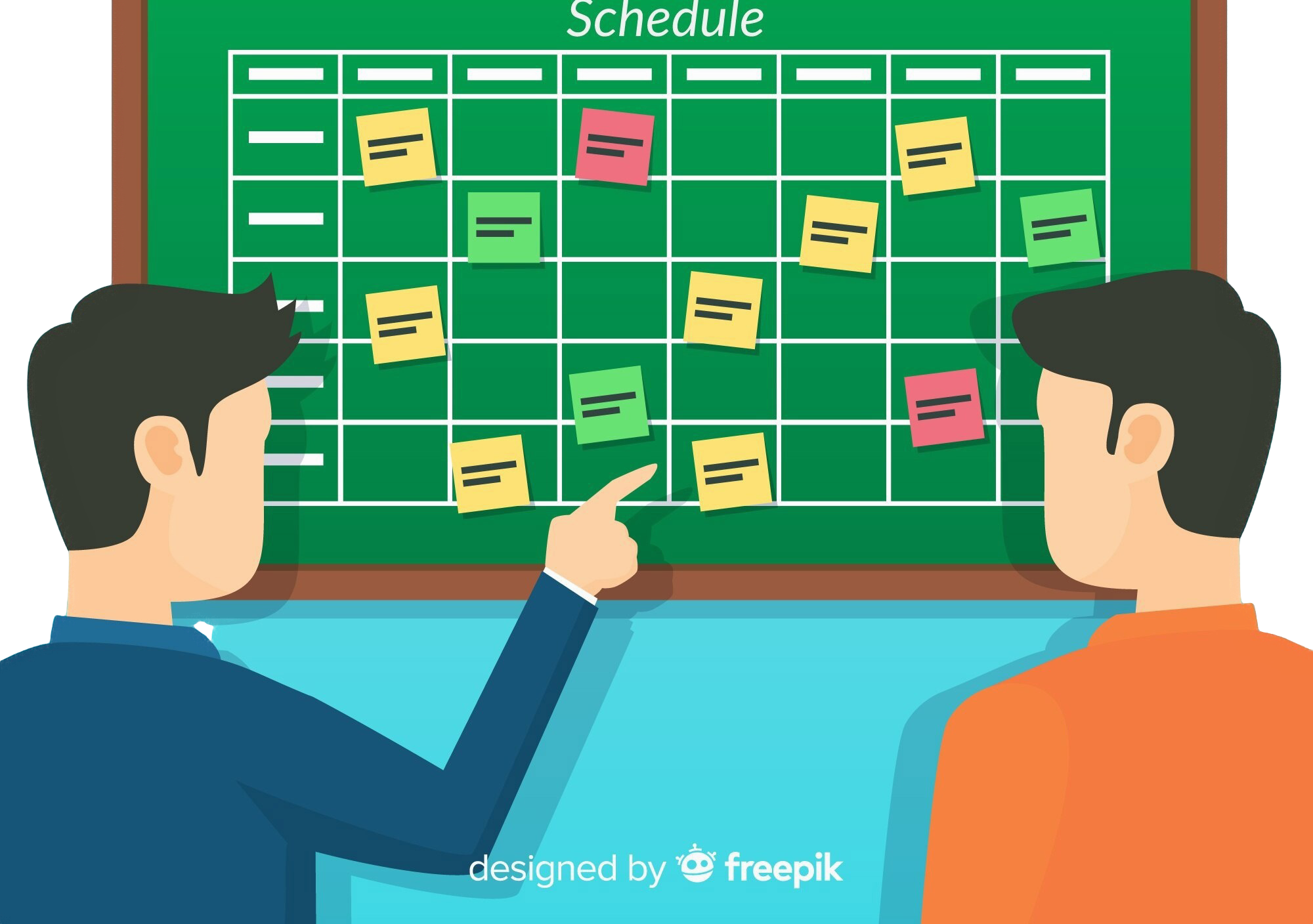What are the things you should consider when choosing between on-premise vs cloud-based HR and payroll?
- Hardware requirements
- Scalability
- Accessibility
- Maintenance
- Cost and budget
The human resources (HR) department of any organization has plenty of things to do —from keeping track of attendance, computing the payroll, approving leaves, and many more.
That’s why to function optimally, HR departments need to have the right tools and resources that can help improve productivity and efficiency.
This is where HR and payroll systems can help. When it comes to choosing the right software, you have the option of an on-premise application or a cloud-based HR and payroll.
It’s important to understand what each one offers before making a decision.
To help you, below are the things you need to consider when choosing between an on-premise vs cloud-based HR and payroll.
Keep on reading!
Hardware Requirements
An on-premise HR system needs to be hosted on your own servers.
This type of setup will require you to acquire the needed in-house server hardware, software licenses, and even the right IT employees to support and manage potential issues.
On the other hand, when you choose a cloud-based HR software system a third-party provider will host it for you.
This means that the resources are hosted on the premise of the service provider.
But you can access those resources as needed.
Scalability
One of the benefits of a cloud-based HR and payroll system is that it is easy to make changes when needed.
You can scale down or add system features depending on your current needs.
This is perfect for small and fast-growing businesses that require something flexible and can be easily upscaled.
Since cloud-based systems operate on a contract basis, you only need to pay for what you are using.
For an on-premise system, you might need to pay for additional software packages and hardware when you need more capacity.
Accessibility
With an on-premise HR and payroll system, all the data is hosted on-site.
The downside to this is that it requires an HR employee’s physical presence to perform HR operations using the software.
You need to ensure that the data is backed up regularly because it can also be lost if a fire or a disaster happens.
For a cloud-based HR system, there is the ease of access because as long as you have proper internet connectivity, it can be accessed from anywhere, anytime, and through any device.
Because of this, HR employees can work remotely.
More and more cloud-based HR and payroll systems are also including features that can be used by non-HR employees, which can help with the efficiency of HR operations.
For instance, EasyHR, an application developed by Human Incubator, not only helps HR teams manage employees but also provides an employee portal.
This portal allows employees to check their records online — including payslip, daily time records, and loans.
This saves a lot of time for both the employee and the HR staff.
Maintenance
An on-premise HR and payroll system requires maintenance from your IT staff.
This can be an advantage for some organizations with the resources to manage a dedicated IT team.
The team will have complete control over changes and updates.
For a cloud-based HR and payroll system, support and maintenance for running the software will be provided by the service provider, which can be an advantage for organizations that lack the resources to manage a large IT team.
This frees up time for It professionals for other more important tasks.
Users are notified about updates, and the provider will be responsible for it too.
Cost And Budget
If you decide to invest in on-premise software, you need to budget for the software and licensing fees, physical space for hardware, air conditioning, a dedicated IT that will keep the software running smoothly, and also maintenance costs.
One benefit of this is that you don’t have to pay a monthly subscription fee.
For a cloud-based system, the billing will most likely be on a subscription basis, and since the third-party provider will be taking care of the servers, maintenance, updates, and support, you can reduce your costs.
While it operates on a subscription basis, the cost is often less.
You also only need to pay for what you use and need.
Key Takeaway
When choosing between an on-premise and cloud-based HR and payroll system, you need to consider the hardware requirements, scalability, accessibility, maintenance, and cost.
While both options can significantly improve productivity and efficiency for your HR department, more and more organizations are choosing to go on the cloud for its numerous benefits.
If you’re looking for a cloud-based HR and payroll system, EasyHR is a great option.
This software can help you save time and money by automating a majority of HR tasks, so your team can focus on more important needs.
All employee records can be unified in one system, so there’s no need for different files and folders.
It is also multiple-branch friendly. If you want to know the details, you can click here or send us a message.














